If you live in the southern United States, you may have St. Augustine grass – known scientifically as Stenotaphrum Secundatum.
Many people enjoy this grass for its excellent ability to grow and thrive in both tropical and sub-tropical climates. It is typically spread via stolons (creeping, horizontal stems), and often referred to as runners because the plant spreads by creeping along the topsoil. The stolons grow and weave together, forming a nice carpet-like ground cover.
If cared for correctly, you can expect a bed of St. Augustine to grow and stay healthy for many years. St. Augustine grows thick and prefers shaded areas.
Want more info on the differences between popular turf grasses in North Texas? Check out our service page on different grass types to educate yourself.
Characteristics of St. Augustine Grass
St. Augustine grass is medium to dark green and coarse grass, additionally it has a low, dense growth habit. It grows well
in nearly all soil types and tolerates shade, heat, salt and is drought tolerant.
It does not tolerate waterlogged soils or extended periods of cold weather. Proper care for St. Augustine grass forms a dense cover that handles light traffic and competes well with most weeds. St. Augustine grass is the most shade tolerant warm-season turfgrass.
St. Augustine Maintenance and Care
In order to effectively care for your St. Augustine grass you will have to adhere to certain guidelines. Below you will find a list of all the areas you need to focus on:
- Sunlight
- Watering Routine
- Fertilizing
- Helpful Tools
- Sod
- Grass Clippings
It might seem like a lot at first glance, but once you get the hang of it, maintaining your St. Augustine grass will become like second nature to you.
Sunlight
As a warm-weather grass, it does need at least 3-4 hours per day of direct sunlight in order to thrive. A healthy amount of warmth and light are ideal for this grass breed.
If you have trees, their growth will affect the amount of sunlight your grass receives. Many times I have heard a customer wonder; “Grass used to grow here under the trees. I don’t understand why it won’t grow now.” Trees grow.
It is that simple and if you are trying to grow grass under trees you will have to keep them well trimmed. Remember, St. Augustine will need four hours or more of direct sun a day.
Keep the trees well trimmed and that will create avenues for sunlight to enter early and late in the day. Thinning the trees will let light filter though the trees during the middle of the day.
Try not to mow the grass too low in deep shade. Mowing very low in the shade will cause it to fade out more quickly.
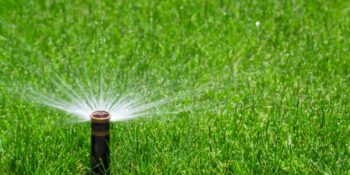
Watering Routine
A lawn without water can die in a few days in the Texas heat. St. Augustine should be watered thoroughly, yet as infrequently as possible.
A good watering once or twice a week for about 1 inch of water is ideal. A very common mistake is watering too frequently, consequently leading to fungal diseases such as gray leaf spot, brown patch and take-all root rot.
In the summertime, St. Augustine grass needs extra water to thrive and survive the heat. Though this species loves the warmth, it is advisable to water your lawn two to five times per week. This schedule allows your grass bed to produce long, lush green blades throughout the season.
It is also important to not water in the evenings because this leaves the grass moist all night which also can cause gray leaf spot in the hot summer months. Allow the soil to dry a bit in between watering, but not to the point of causing the grass to wilt.
Fertilizing
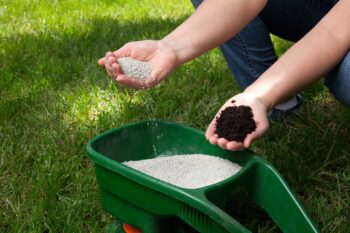
Another step in the process to care for St. Augustine is nutrients. You wouldn’t be very healthy if you didn’t eat regularly. The same goes for your lawn. Fertilize your lawn three or four times per growing season.
Use a 3-1-2 ratio fertilizer or one similar with a slow release formula. Be consistent, but don’t over do it and put down too much. Too much fertilizer can damage your lawn.
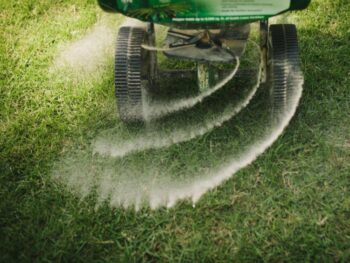
Helpful Tools
When using fertilizer, insecticide, or fungicide, it’s best to use a high-quality broadcast spreader. This method allows even distribution throughout the lawn, while reducing direct human contact with the chemicals. The right tools for this task can make yard maintenance far quicker and simpler, so be sure you’ve got access to good equipment.
Sod
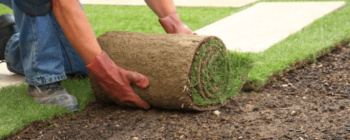
Using plug sod (also called a sod plug) is effective for filling in bare spots in your lawn spread. It can also be purchased and installed as pallets. Check your turf regularly and use plugs or pallets when necessary, to create an even carpet of grass.
If you’re interested in having some St. Augustine sod installed in your lawn, contact Ryno Lawn Care today.
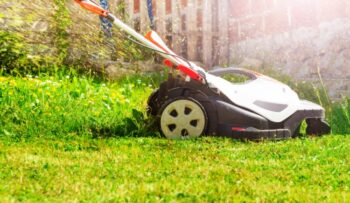
Grass Clippings
When mowing your grass, leaving the clippings behind helps cultivate a healthy lawn. As they decompose, the clipped blades act as a slow-release organic fertilizer, providing the ground with a high amount of nutrient return. Your St. Augustine turf will thank you for the self-nourishment.
Potential Problems
There are some diseases and pests that you have to be aware of with St. Augustine grass, but that is the case with all types of turfgrass. Once you know what you are dealing with, you’ll be able to effectively deal with and prevent these problems from occurring.
Common diseases and pests with St. Augustine grass:
- TARR (Take-All Root Rot)
- Chinch Bugs
- Gray Leaf Spot
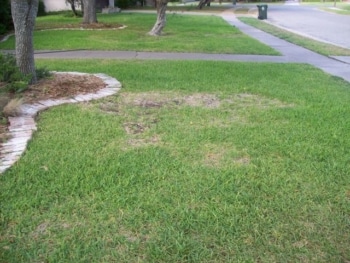
TARR
The most common disease in St. Augustine is a fungal disease called take all root rot (TARR) of St. Augustine. It begins with the grass blades turning a bright yellow.
Grass then progresses to rotting runners and dying grass, consequently the bright green will turn yellow with brown and black lesions. They then rot and the grass dies.
This disease is more prevalent in areas that get more water or where water tends to stand. There are no effective fungicides for treating this disease. The solution is topdressing with peat moss.
The low ph of the peat creates an environment in which the fungus cannot survive. Usually the grass begins to improve in several weeks.
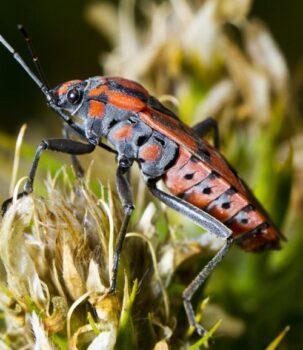
Chinch Bugs
In the hot, dry months (June-Sept.) be on the look out for chinch bugs. These extremely small beetles chew on the runners of St. Augustine poisoning it with their saliva.
Chinch bugs love hot, dry lawns, which makes them a big problem in Texas lawns that have St. Augustine grass.
The results are irregular dead spots. Chinch bugs can be deceptive because they make a lawn look like it is not getting enough water.
If you are watering your lawn, however don’t understand why it is still dying, you probably have chinch bugs.
Gray Leaf Spot
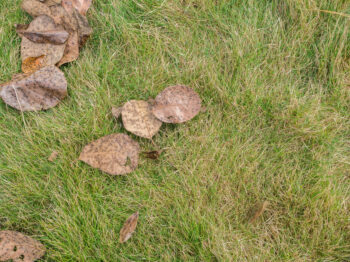
During the hot summer watch out for gray leaf spot. This fungal disease shows up during extended periods of rain during hot weather. It begins with little dead spots appearing on the blades of grass.
They will be ringed with a bit of gray or black. As the disease progresses the grass begins to die. Many times this disease will go away just by scaling back on the water. More serious cases may require fungicide treatments.
Final Thoughts
Growing St. Augustine in your yard doesn’t need to be a task, so long as you’ve got the right tools and good information on how to care for it.
If your turf grass is showing signs of disease or chinch bugs don’t hesitate to call Ryno Lawn Care for help, or click here for a free quote.

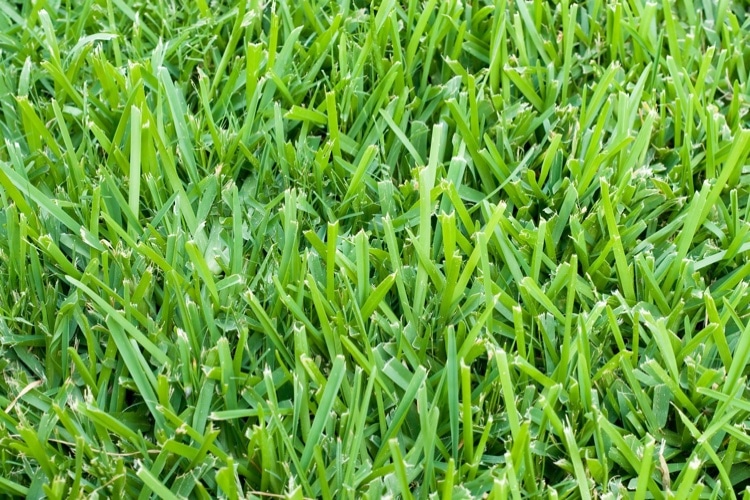

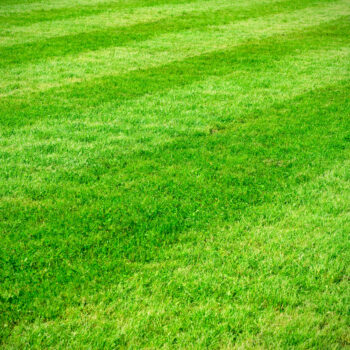
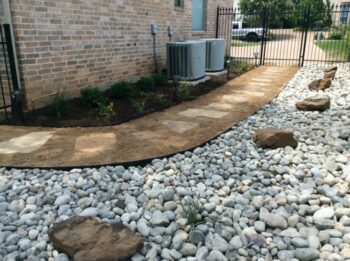
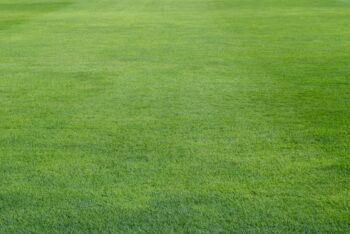
3 Responses
Interesting piece!I never knew fertilizers can also be used to care for grasses. Sounds a bit funny though but this is so real.. I can just imagine it.Just wondering the kind of fertilizer that will be the best. Thanks for this info. really great!
I am going to send this information to my brother who has been considering this kind of grass. He has a small fire from a tree last fall. It was struck by lightning and since the last few weeks had been dryer, the grass essentially just shriveled up. I never would have even known what Augustine grass was until he brought it up lol
I tend to get TARR in North Carolina. I’ve been dousing my lawn with fungicide to no avail. I’ll try the peat and hopefully it’ll help. Any other options you can share would be great. I tend to get a lot of native onion and the red clay hear is acidic.